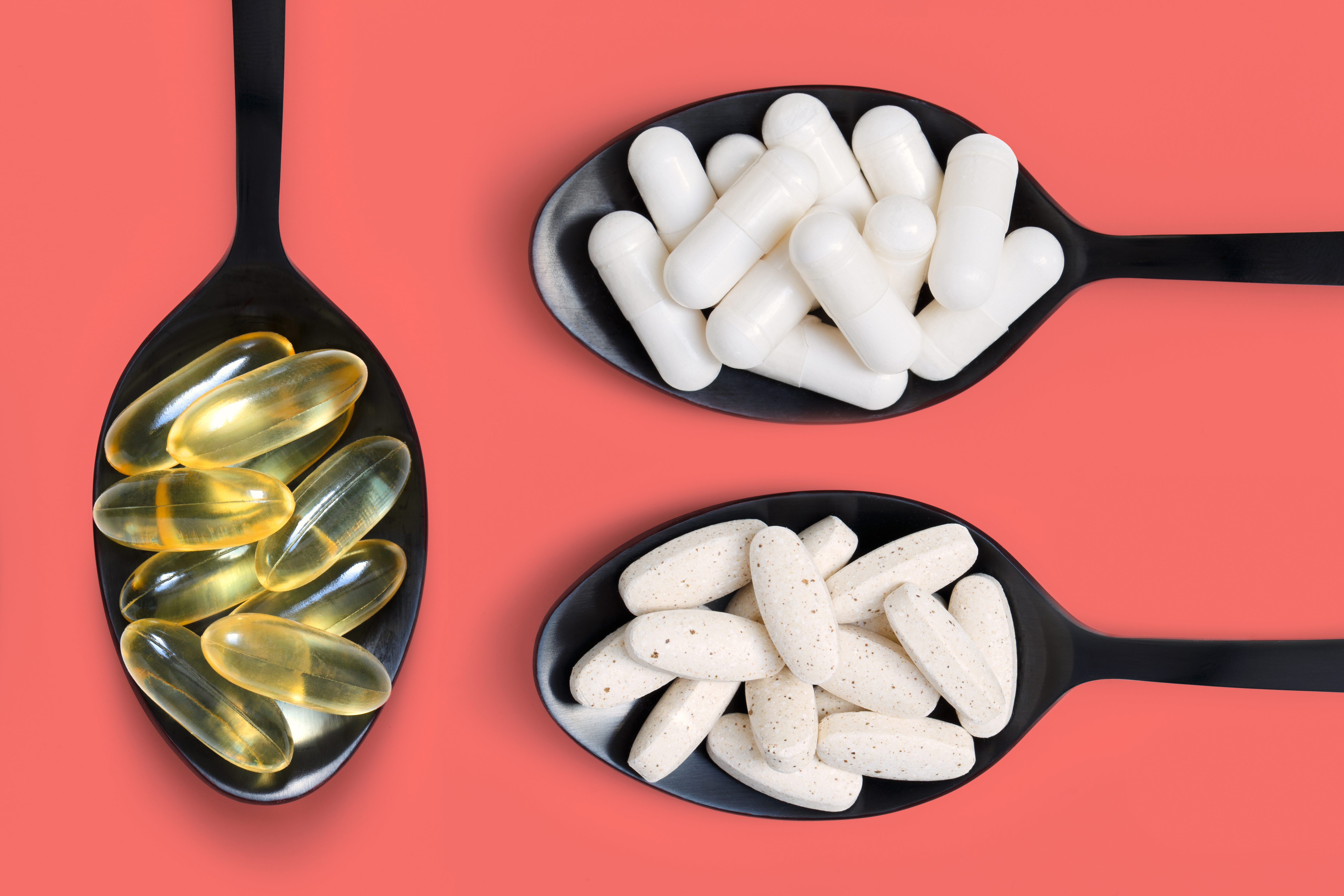The amount of vitamin C recommended by the WHO as the minimum daily dose for maintaining a good state of health, equal to 45 milligrams, is blatantly wrong, by default. The right one would in fact be more than double, that is, equal to 95 milligrams. To bring out the error was a very particular study, conducted by researchers from the University of Washington. The study re-analyzes a fundamental and famous experiment, carried out since 1944 by the Scorby Institute of Sheffield, in the United Kingdom, and never again questioned.
In that moment (it was in wartime) the researchers were not at all interested in defining minimum doses of essential nutrients such as vitamin C. Rather, they wanted to establish the minimum quantities of fresh food (especially vegetables) to be assigned to ship crews to prevent scurvy arose, a disease caused by insufficient levels of vitamin C and other nutrients. For this purpose, they had recruited 20 volunteers among the conscientious objectors assigned to the same institute and had them set sail on a ship where they would remain for months. The protocol provided that the group was divided into three subgroups, each subjected to a different treatment: 0, 10 or 70 milligrams of vitamin C per day, to be taken until clear signs of disease were seen, or in any case it had not been It is possible to highlight the first signs of scurvy, that is gingival bleeding and scarring difficulties. As for the latter, to check the timing, small wounds were periodically inflicted on the participants, to check their healing.

L’experiment, which today would not be accepted by any type of ethics committee, was conceived with the contribution of the future Nobel laureate Hans Krebs and was known as Shipwreck experiment. After nine months of experimentation, the minimum dose of vitamin C necessary to avoid scurvy was identified, later adopted by the WHO, and corresponding, in fact, to 45 milligrams per day. As reported onAmerican Journal of Clinical Nutrition, however, these calculations have been more than approximate (the authors have defined them “by eye”), and have led to completely wrong conclusions. By re-doing them, in fact, we arrive at a dose much closer to that indicated today by various scientific societies of human nutrition, which recommend a range between 75 and 110 mg / day: that is, on average, 95 mg / day.
In particular, the new calculations indicate that taking 10 mg / day, continued for 11.5 months, was associated with a 42% decrease in wound resistance compared to that obtained with 80 mg / day and that a a dose of 65 mg / day for 6.5 months had not been sufficient to ensure healing of the wounds, the scars of which were 49% less resistant than those, equal, inflicted in subjects who had been given sufficient vitamin C.
All this leads to a single conclusion: the minimum quantity necessary to maintain a good state of tissue health is 95 mg / day, that is over 100% higher than that still recommended by the WHO (but not by most experts). Finally, among the results of the review of the study there is also a data on the difficulty of restoring normality after a deficiency state. To fully recover, the participants did not have enough 90 grams daily given for six months. This consideration makes the exact knowledge of the threshold values on which to base any integrations even more important. Vitamin C is primarily responsible for tissue integrity. For this reason, its deficiency translates into injuries and damage to the connective tissue and vessels as well as a delay in healing. The latter can in turn cause heart disease and stroke, among other things.
© Copyright reserved Photos: Fotolia, AdobeStock
For 11 years Il Fatto Alimentare has been publishing news on: products, labels, misleading advertising, food safety … and gives readers completely free access to all contents. On the site we do not accept advertisements disguised as articles and we select advertiser companies. To move forward with this transparency policy and maintain our independence, support the site. Donate now!
Roberto La Pira
